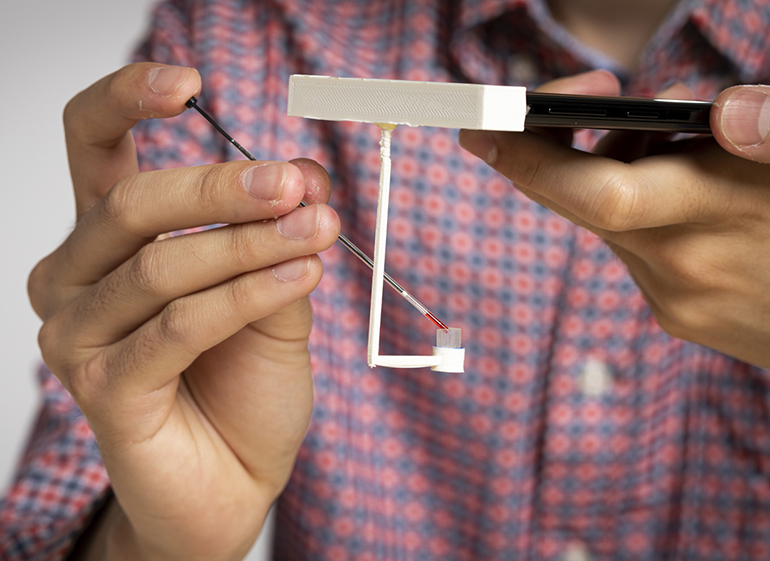Even though it may or may not always seem like it, the truth is that we are pretty much obligated to find the best possible solution under all circumstances. This obligation comes from having an insight into the ridiculous potential of human beings. You see, human beings are born with some outright unmatched abilities, so when we deliver a substandard answer to any question, we fail to really utilize those abilities at our disposal. To avoid such occurrences, the world would end up bringing out a whole different assortment of solutions. However, despite the high volume, we won’t see an idea more promising than technology. The said promise will soon be joined by literal dominance across all major areas, and before we could realize, the dynamics of our lives were completely transformed. While the wheels were in motion on a rather humongous scale, the impact this transition made on our healthcare sector deserves a special mention. By reinventing the very identity of healthcare, technology served us with a discipline that was more mindful about everyone’s needs than ever before. Of course, it achieved that using some highly-ingenious tools, and as it looks like, a new one is now set to join the pack.
The researching team at University of Washington has successfully developed a smartphone-oriented technology, which is dedicated to helping patients with performing a blood clot test at home. A cheaper and more convenient alternative to standard testing systems, the technology gets up and running once you place a drop of blood into a given plastic attachment. The only other thing you must make sure is that the attachment is positioned beneath your smartphone camera. After the said step is completed, the blood clot analysis officially begins. Assuming it works out according to the script, the device can genuinely leave a positive impact on patients who are prescribed anti-coagulants as a part of another condition.
Anti-coagulants are usually a method to fight against blood clots, but taking them on a long-term basis requires certain measures on the patient’s part. As a complete lack of clotting can lead to bleeding, these measures include a consistent blood clot testing plan. However, at the moment, the financial and logistical viability of doing so is considerably limited, therefore making the new technology all the more attractive.
“Almost every smartphone from the past decade has a vibration motor and a camera. This means that almost everyone who has a phone can use this. All you need is a simple plastic attachment, no additional electronics of any kind. This is the best of all worlds – it’s basically the holy grail of PT/INR testing. It makes it frugal and accessible to millions of people, even where resources are very limited,” said Shyam Gollakota, a researcher involved in the study.
Talking of how the device works, it’s basically built around a copper particle that the camera focuses on. When the smartphone instigates vibration within the attachment, it forces the particle to move. Any judgment regarding the blood clot levels is then based upon the speed of its movement. Looking at the test results thus far, the device has proven itself comparable to the standard systems.


















